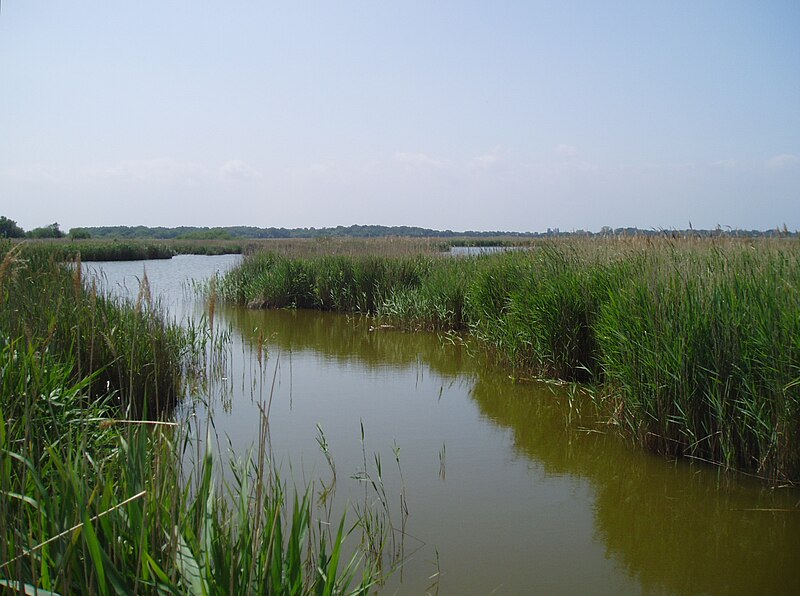Running from 1973 to 2010, with 31 series and a whopping 295 episodes, Last of the Summer Wine is not only the longest-running comedy programme in Britain, but is the longest-running sitcom in the world. Although all three of the original actors playing the oldies are now dead (one had to be replaced after two series due to ill health, and a completely new trio was introduced towards the end), their memory lives on with reruns of the show still gracing our screens today on the Gold, Yesterday and Drama channels. The basic premise of the series is the childlike antics of three pensioners and their interactions with an eccentric cast of local characters, with most of the action filmed in and around the picturesque Yorkshire town of Holmfirth.
One focal point in the series is Sid’s Cafe, which is an actual cafe in Towngate, complete with the famous red and white cafe sign and gingham curtains. The cottage occupied by Nora Batty, where she was frequently to be seen loitering on the outside steps donning her wrinkly stockings, pinny and curlers, is at 28 Huddersfield Road and is now available as a holiday let. The town’s current landscape includes a tearoom dedicated to Nora’s memory called The Wrinkled Stocking. Clegg’s home in the series is to be found in Hill Street at Jackson Bridge, to the west of Holmfirth, and the White Horse pub is nearby bearing the same name as the one in the series.
 |
| Holmfirth Sid's Café. Photo by Nigel Homer, via Wikimedia Commons |
Much of Holmfirth’s charm lies in its geographical position in the lovely Holme Valley, which is made much of in the series. The valley lies in West Yorkshire, just to the north of the Peak District. The town arose from the existence of a corn mill in the 13th century, and the economy developed around the cloth trade and nearby quarries. Unfortunately, the town’s riverside location makes it vulnerable to flooding, and the worst flood in its history took place in February 1852, when the nearby Bilberry reservoir burst its banks and the resulting torrent of water took out mills, cottages, animals and people, including dead ones in the graveyard. 81 people died in this flooding event.
 |
Holmfirth (3922393517). Photo by Tim Green, via Wikimedia Commons
|
For fans of the series who want to make sure they do not miss any of the key locations, there is a Summer Wine Tour Bus which covers a 10-mile route.
Map of Holmfirth.
.



